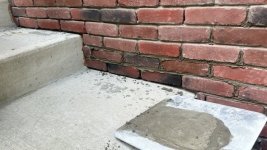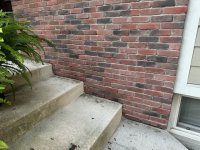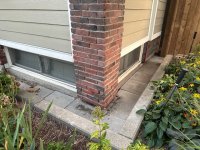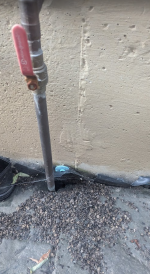Mad Mike
Well-known member
The mesh type doesn't make a difference (metal of fiberglass), both are there to help maintain the stability of the scratch coat, and neither works better than the other for stucco or thin brick veneers.Currently it’s 2” of rigid insulation.
Question is can I use fiberglass mesh for the thin brick? Or do I need metal mesh for the thin brick.
They do have different fastening requirements, make sure you follow the manufacturers guide for staple/fastener spacing.



















